The Property of a Lady 女士藏品 A rare and large blue and white 'peony' moonflask, bianhu 18th century The circular body rising from a splayed oval foot to a short cylindrical neck, the convex sides of the flattened body meticulously painted in vibrant tones of cobalt-blue and enhanced by simulated 'heaping and piling' effect with large blooming peony heads borne on dense leafy scrolls, the sides similarly decorated with composite floral scroll and with two raised bosses decorated with a floret, all below the neck painted with a band of flower heads. 44.5cm (17.2in) high. Fußnoten 十八世紀 青花纏枝花卉紋扁壺 Provenance: an English private collection 來源:英國私人收藏 The present lot appears to be particularly rare among the various types of moonflasks made in the 18th century, distinguished by its exceptional floral motif and particular shape. There are only two known comparable examples of moonflasks with similar motif and shape, both bearing a Qianlong seal mark and of the period. One is illustrated in The Complete Collection of Treasures of the Palace Museum: Blue and White Porcelain with Underglaze Red, Hong Kong, 2000, pl.139; the other is in the Mak Museum, Vienna (ac.no.KE 1544-2). The current moonflask encapsulates the combination of archaism and creativity at the Qing Court. During the reign of the Yongzheng emperor, Ming dynasty moonflasks began to be imitated on a large scale. The Yongzheng designs follow the Ming forms closely, either with a raised boss or a flat body, with a straight neck or a garlic neck. During the reign of the Qianlong emperor, other than the existing models, the artists of the imperial kilns appear to have been keen on diversifying the shapes of moonflasks. It is noted that flasks of this description are recorded from the second year of Qianlong (corresponding to 13 October 1737) in the Qinggong Neiwufu Zaobanchu huoji dang'an zonghui [Documents in the Archives of the Workshop of the Qing Palace Imperial Household Department]. According to this document, the Qianlong emperor commissioned a number of archaistic ceramics, he specifically asked Tang Ying (the renowned supervisor of the imperial kilns) to diversify the forms of Yongle and Xuande mooonflasks in different glazes. The shapes became more complex where the body is not only circular but can also be hexagonal, octagonal, oval, quatrefoil, peach etc. The present flask is an example of combination of elements from Ming shapes, the garlic neck, flaring foot, and the shape of the handles which can be compared with a Yongle moonflask, such as illustrated by Geng Baochang, ed., Gugong Bowuyuan cang Ming chu qinghua ci [Early Ming blue-and-white porcelain in the Palace Museum], Beijing, 2002, vol.1, pl.22. Other than the shape of ceramics, the painting style of the early Ming period was consciously recreated during the Qing dynasty. The current flask is a demonstration of how porcelain painters in the 18th century took inspiration from the appearance of early 15th century blue and white. The painters imitated the deliberate uneven darker cobalt spots from the Ming prototypes, the so-called 'heaped and piled' effect. Another example of archaism re-worked in the Qianlong court is the use of the peony motif. The peony had long been favoured by poets and scholars as 'the king of flowers' and symbolised the Imperial family, which as early as the Tang dynasty grew it in the palace gardens. Grand in stature and magnificently decorated, the motif of peony depicted on the present moonflask is characteristic of the 18th century style where stylised petals radiate from the ruyi pistils. The representation of ruyi pistils can be traced back to the 15th century; compare with a blue and white temple vase dated 1496 in the British Museum, illustrated by J.Harrison-Hall, Ming Ceramics in the British Museum, London, 2001, pp.174, fig.2. The deliberate selection of this motif shows an interplay between elegance and archaic stateliness from the combination of peony and ruyi. A related bl
The Property of a Lady 女士藏品 A rare and large blue and white 'peony' moonflask, bianhu 18th century The circular body rising from a splayed oval foot to a short cylindrical neck, the convex sides of the flattened body meticulously painted in vibrant tones of cobalt-blue and enhanced by simulated 'heaping and piling' effect with large blooming peony heads borne on dense leafy scrolls, the sides similarly decorated with composite floral scroll and with two raised bosses decorated with a floret, all below the neck painted with a band of flower heads. 44.5cm (17.2in) high. Fußnoten 十八世紀 青花纏枝花卉紋扁壺 Provenance: an English private collection 來源:英國私人收藏 The present lot appears to be particularly rare among the various types of moonflasks made in the 18th century, distinguished by its exceptional floral motif and particular shape. There are only two known comparable examples of moonflasks with similar motif and shape, both bearing a Qianlong seal mark and of the period. One is illustrated in The Complete Collection of Treasures of the Palace Museum: Blue and White Porcelain with Underglaze Red, Hong Kong, 2000, pl.139; the other is in the Mak Museum, Vienna (ac.no.KE 1544-2). The current moonflask encapsulates the combination of archaism and creativity at the Qing Court. During the reign of the Yongzheng emperor, Ming dynasty moonflasks began to be imitated on a large scale. The Yongzheng designs follow the Ming forms closely, either with a raised boss or a flat body, with a straight neck or a garlic neck. During the reign of the Qianlong emperor, other than the existing models, the artists of the imperial kilns appear to have been keen on diversifying the shapes of moonflasks. It is noted that flasks of this description are recorded from the second year of Qianlong (corresponding to 13 October 1737) in the Qinggong Neiwufu Zaobanchu huoji dang'an zonghui [Documents in the Archives of the Workshop of the Qing Palace Imperial Household Department]. According to this document, the Qianlong emperor commissioned a number of archaistic ceramics, he specifically asked Tang Ying (the renowned supervisor of the imperial kilns) to diversify the forms of Yongle and Xuande mooonflasks in different glazes. The shapes became more complex where the body is not only circular but can also be hexagonal, octagonal, oval, quatrefoil, peach etc. The present flask is an example of combination of elements from Ming shapes, the garlic neck, flaring foot, and the shape of the handles which can be compared with a Yongle moonflask, such as illustrated by Geng Baochang, ed., Gugong Bowuyuan cang Ming chu qinghua ci [Early Ming blue-and-white porcelain in the Palace Museum], Beijing, 2002, vol.1, pl.22. Other than the shape of ceramics, the painting style of the early Ming period was consciously recreated during the Qing dynasty. The current flask is a demonstration of how porcelain painters in the 18th century took inspiration from the appearance of early 15th century blue and white. The painters imitated the deliberate uneven darker cobalt spots from the Ming prototypes, the so-called 'heaped and piled' effect. Another example of archaism re-worked in the Qianlong court is the use of the peony motif. The peony had long been favoured by poets and scholars as 'the king of flowers' and symbolised the Imperial family, which as early as the Tang dynasty grew it in the palace gardens. Grand in stature and magnificently decorated, the motif of peony depicted on the present moonflask is characteristic of the 18th century style where stylised petals radiate from the ruyi pistils. The representation of ruyi pistils can be traced back to the 15th century; compare with a blue and white temple vase dated 1496 in the British Museum, illustrated by J.Harrison-Hall, Ming Ceramics in the British Museum, London, 2001, pp.174, fig.2. The deliberate selection of this motif shows an interplay between elegance and archaic stateliness from the combination of peony and ruyi. A related bl
.jpg)
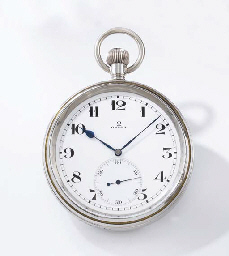
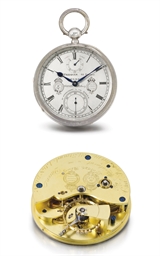
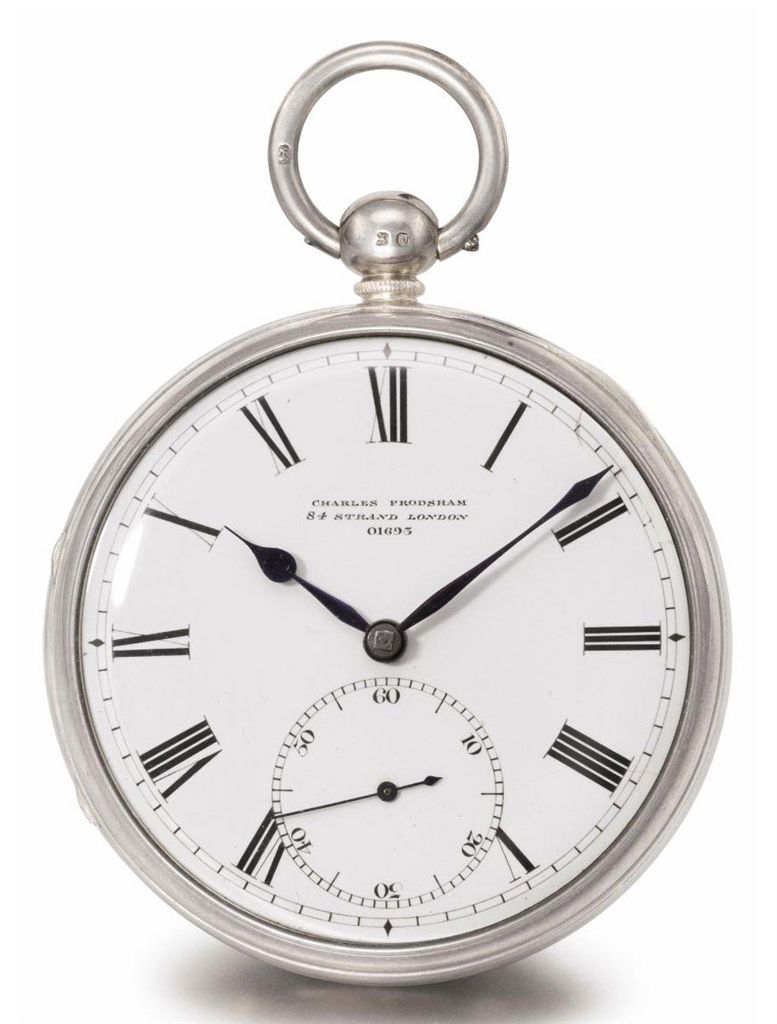
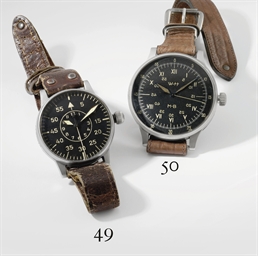
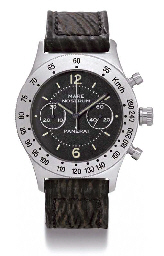
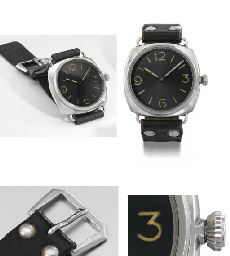
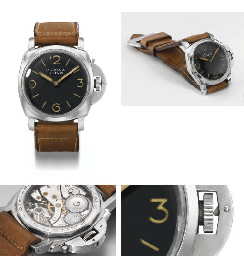
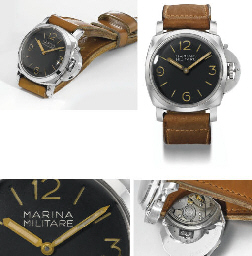
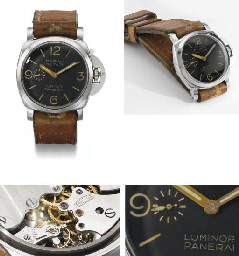
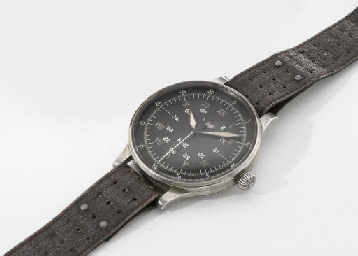
.jpg)
.jpg)
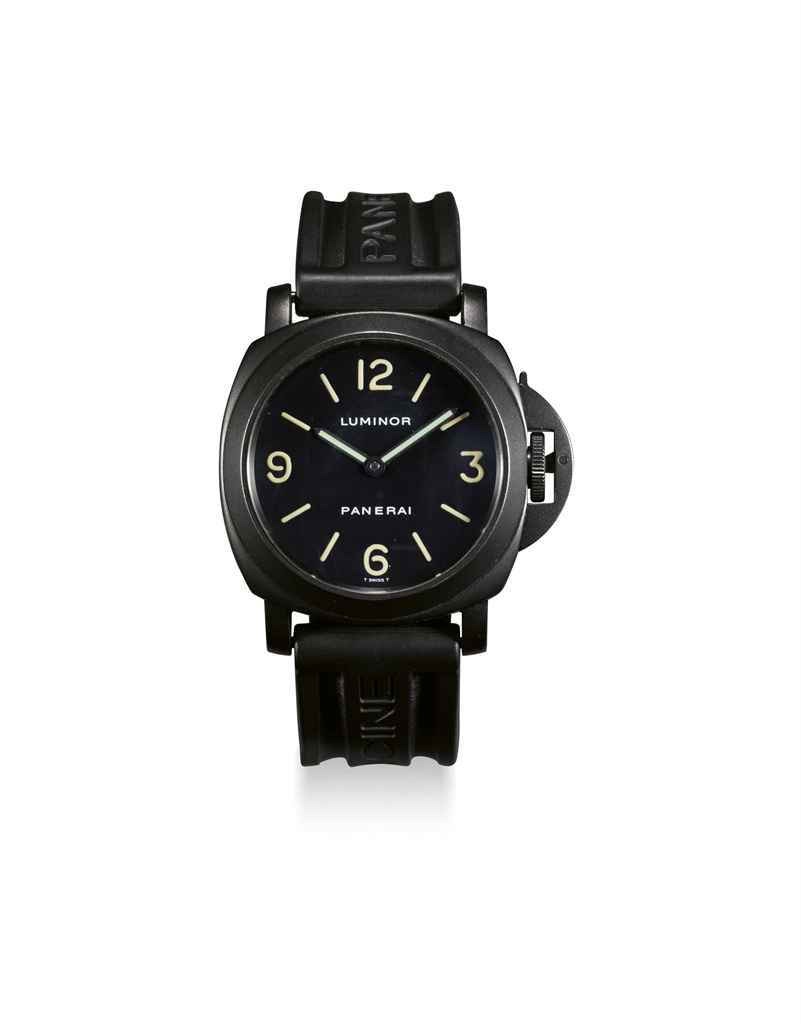
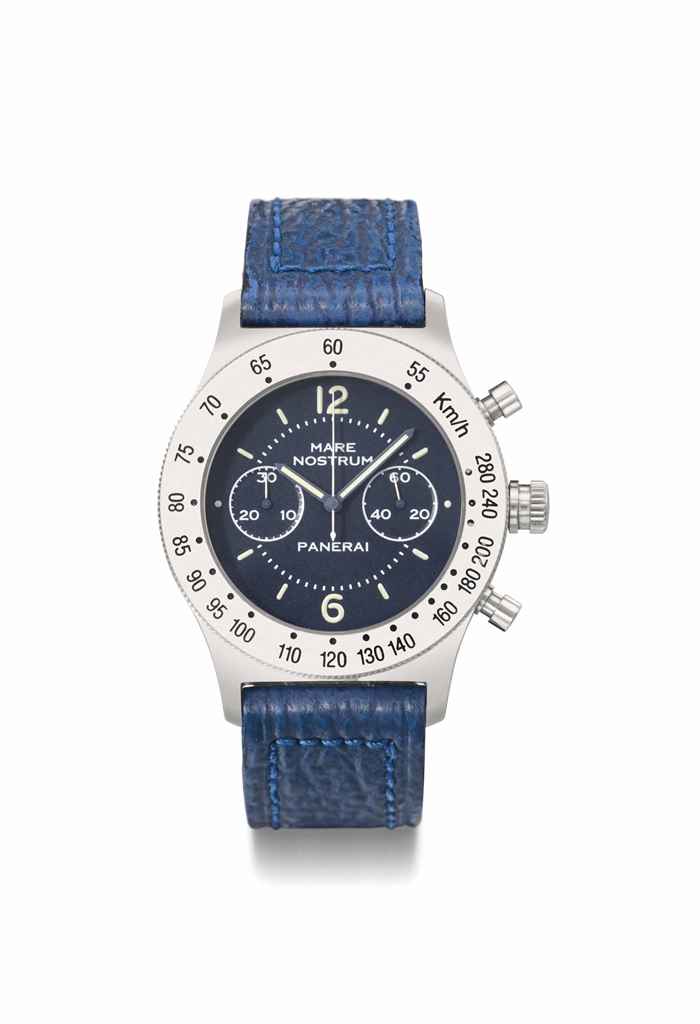
Testen Sie LotSearch und seine Premium-Features 7 Tage - ohne Kosten!
Lassen Sie sich automatisch über neue Objekte in kommenden Auktionen benachrichtigen.
Suchauftrag anlegen